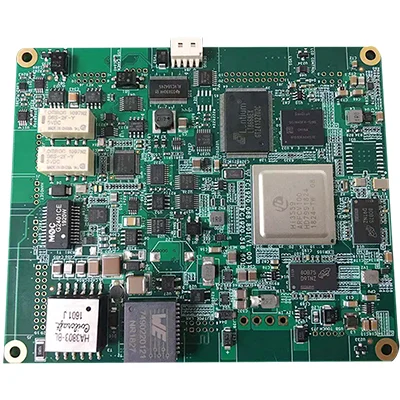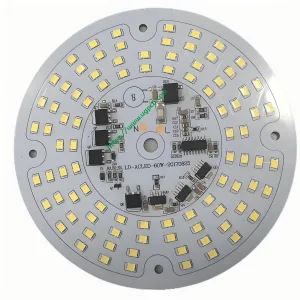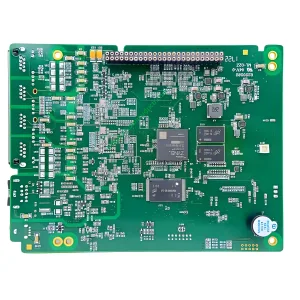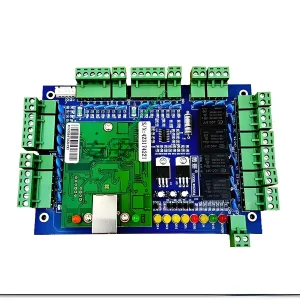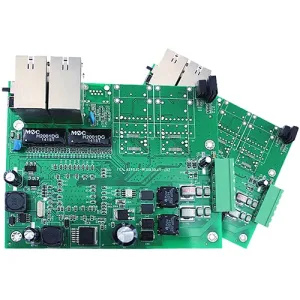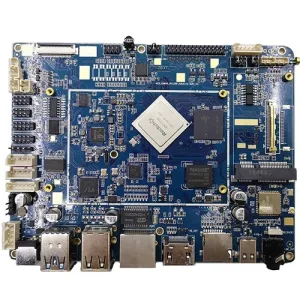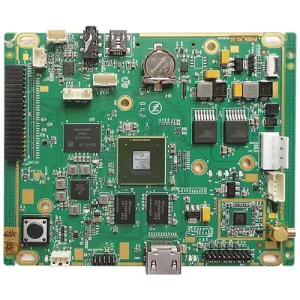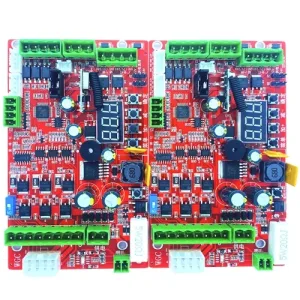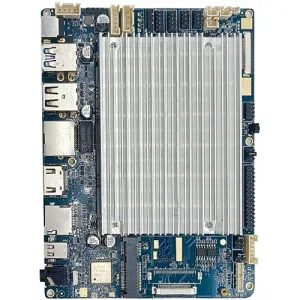Control Panel Component
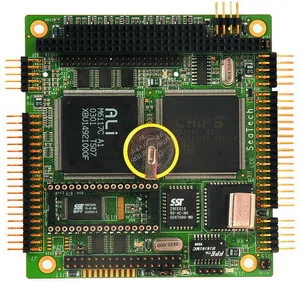
The aerospace industry requires more robust printed circuit boards (PCB) than most traditional electronic devices. Par exemple, components used in many control towers, airplanes, satellites, and space shuttles must be highly reliable when dealing with high temperatures and pressures.
If these parts fail, the consequences could be devastating for the crew and cargo on board.
Donc, PCB manufacturers for the aerospace industry need to go beyond their duties to ensure their PCBs are extremely durable and reliable. Heureusement, significant progress has been made in the field of aerospace PCBs, as today’s circuit boards are more efficient and safer than those from the past.
High Temperatures
Some people may not know that space temperatures can drop to -150 degrees Celsius or even lower under certain conditions. Donc, electronic devices sent into space must be durable enough to withstand both high and low temperatures.
It should also be noted that since this environment is a vacuum, heat cannot be transferred through air across space. Ainsi, heat can only be transferred through radiative means in space. Heureusement, aerospace PCB manufacturers use very specialized materials such as aluminum, cuivre, and laminated substrates with high-temperature properties.
En plus, most aerospace PCBs will use thermal compounds for further insulation to isolate heat and ensure it does not transfer to other electronic components. En outre, some components are positioned about one-tenth of an inch away from the surface of the board.
In some cases, space can be utilized to facilitate the thermal distribution of heat. For aviation, fans can be used to remove excess heat. Oxidation due to overheating is also a concern, so anodized aluminum can be used to address oxidation issues related to heat.
Shock Absorption Needed
Mechanical abuse is also a problem, as aerospace equipment and components are subjected to vibrations and excessive shocks. Donc, some PCBs may need modifications to withstand such harsh conditions.
Par exemple, unlike traditional soldering methods, pins can be pressed into the PCB to secure them in place.
Alternatively, engineers can choose to use both solder and pins as an additional safety measure. De plus, engineers can add thermal conductive adhesives to the circuit boards to reduce the impact of fluctuations on components.
Another strategy to help PCBs withstand extreme temperatures, vibrations, and shocks is to leave tiny gaps between the surface of the circuit board and the components. This way, stress on the PCB can be reduced.
Emissivity
Radiation is another factor that space equipment must be able to handle, as radiation levels in space are higher than on Earth. Donc, these circuit boards need to be configured to withstand the high radiation levels that could damage space equipment.
To achieve this, engineers can use certain special components or materials to protect the related electronic devices from radiation. Components will also become smaller than normal to reduce the number of components vulnerable to harmful radiation effects.
En plus, backups can be made so that a radiation disaster does not affect the entire operation. Anti-fuse technology is another boon for the aerospace industry, as it can be used to create permanent current paths between transistors.
Anti-fuse technology has also been proven to be more resistant to the harmful effects of radiation than other older methods. In some cases, thinner layers of materials can be used to create circuits with stronger radiation resistance.
RF Challenges
In the aviation industry, radio waves are also needed for communication, so signal transmission must not degrade the quality of the signal. To achieve this, engineers can add antennas or place shielding layers in certain areas of the circuit board.
UGPCB offers production services for aviation component control panels, providing professional one-stop PCBA services. Please feel free to call for consultation.
 LOGO UGPCB
LOGO UGPCB

